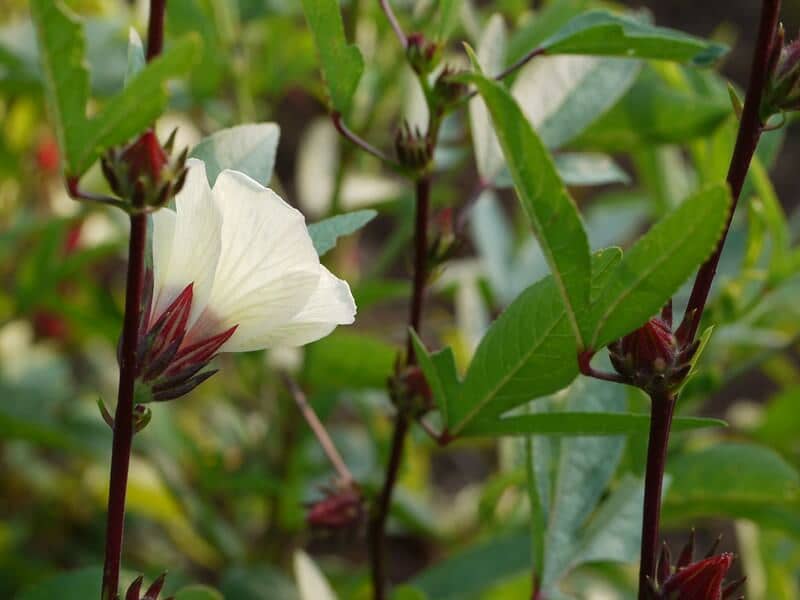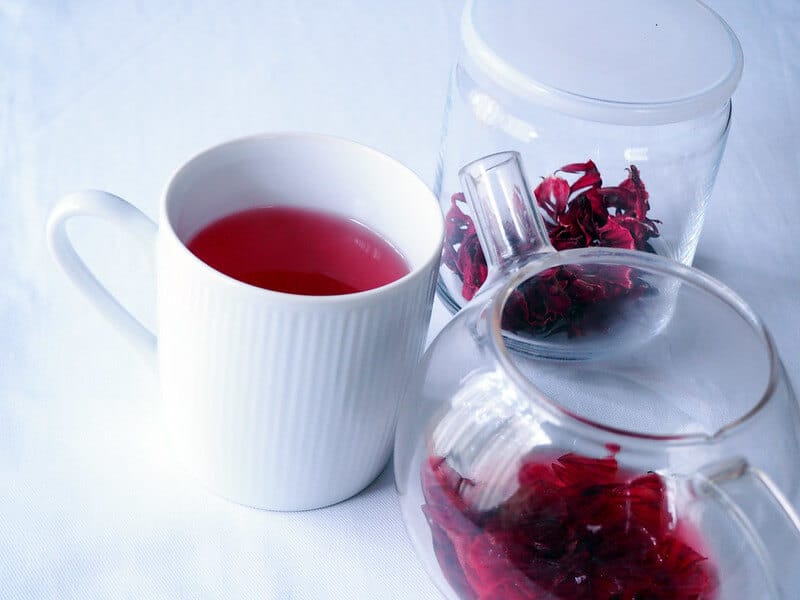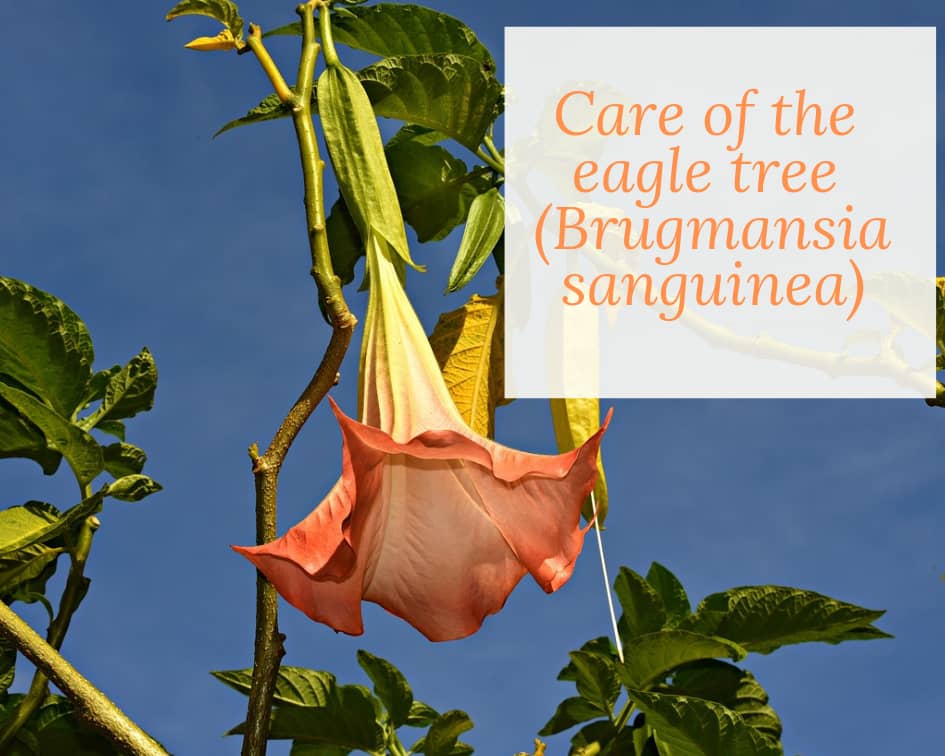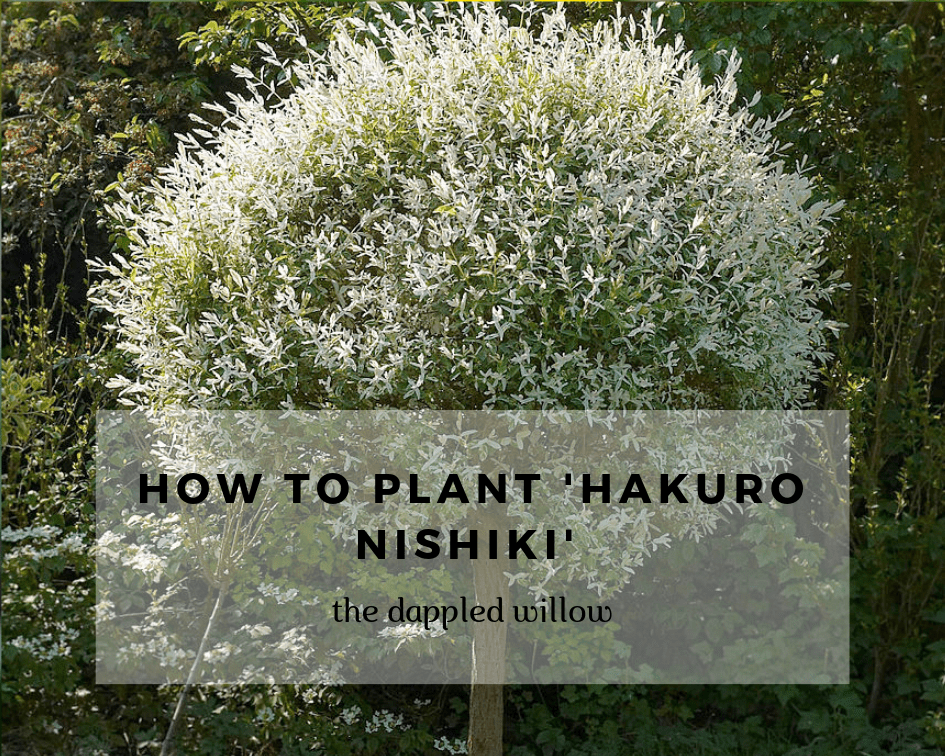This post may contain affiliate links. As an Amazon Associate we earn from qualifying purchases.
When you grow roselle, you’ll be treated to a fast-grower that’s almost completely edible and packed with healthy perks.
Every year, I share my roselle with a neighbor who just this year decided she wanted to learn how to grow roselle in her own garden. Thus, the inspiration for this blog post. Growing roselle is so easy, my gardening friends. It grows fast, it doesn’t care if you ignore it and it pays off like crazy.
It’s the wonder plant! If you haven’t heard of roselle, you are in for a treat. It’s a staple in my summer garden. In fact, I typically have three or four shrubs growing.
Hang on, you’re about to learn not only how to plant roselle from seeds and how to grow it on during summer, but what you can do with this amazing plant aside from making tea.
Supplies you’ll need to grow roselle
- Roselle seeds
- Germination pots
- Soilless seed starting mix
- Seedling heat mat
- Grow lights (optional)
- Larger planting pot or container (optional)
- Potting soil (optional)
- Starter fertilizer

Get to know roselle
Roselle, hardy to USDA Zones 9 and 10, is a nickname for Hibiscus, sabdariffa. A less common nickname is Jamaican sorrel. The plant is neither Jamaican in origin (it, in fact, is native to Africa), nor sorrel (a leafy green), but there ya have it.
Although the flowers tend to look more like those you’d find on your okra plants, it is most definitely a hibiscus.
Speaking of okra, it is in the same family as roselle (Malvaceae) but is in a different genus, Abelmoschus as opposed to Hibiscus. They’re cousins of a sort.
Roselle flowers are typically white with red centers but there are some that bloom pink with maroon centers.
These flowers adorn a shrub that may grow to 8 feet in height and 3 to 4 feet in width, so they need lots of space between your other garden plants.

Roselle is the hibiscus with health benefits
While many folks have heard of the health benefits of hibiscus tea, keep in mind that this is the species, sabdariffa, that has been the subject of most of the studies.
In other words, you may or may not get the same health benefits from a Hibiscus rosa-sinensis, Hibiscus syriacus L. or any other hibiscus. So, when shopping with your high blood pressure in mind, make sure you choose the right hibiscus species.
The leaves and flowers of the roselle plant are edible and used across the globe in a variety of cuisines. It’s high in “… vitamin C, calcium and magnesium,” according to the experts at the United States Department of Agriculture.But that’s not all. Roselle “… has a rich history of traditional uses and is recognized for its diverse pharmacological properties, including antihypertensive, anti-inflammatory, antimicrobial, and more,” according to a study published in the journal Cureus (Ali Almajid, Ali Bazroon, Alzahraa AlAhmed, and Omar Bakhurji, authors).
The authors mention several studies, one of which involved “… healthy female participants.” These women consumed roselle tea (“… at a dose of 2 g in hot water … ), twice daily. After 48 days, they showed “… a decrease in both systolic and diastolic blood pressure.”
The tea, by the way, is created from the dried calyces of the roselle flower (we explain in a minute). They can also be used to make sauces and jams as well.
 How to grow roselle from seeds
How to grow roselle from seeds
Although you can start roselle seeds indoors to be planted out when the danger of frost has passed, they can also be direct sown. I find my roselle plants grow stronger and faster when the seed is directly sown in the garden.
Although seeds require no pre-treatment (soaking, stratification, scarification, etc), I soak mine in a bowl of water. Within five days, the radicles appear (embryonic root). Your mileage may vary. See the photo at the top of this section.
For more on these techniques, however, check out the post Gardening Terms for Beginning Seed Starters, here on Gardenologist.org.
No time for starting seeds? Buy an already-growing roselle plant!

If you plan on starting your roselle seeds indoors, do so at least 10 weeks before the last frost date in your area. Not sure when that is? Enter your ZIP code in the box on the National Gardening Association website and you’ll find out.
Fill a small pot or two with soilless seed starting mix and cover with a 1/4-inch layer of the mix. Water the soil carefully so as not to disturb the seeds. Allow the pots to drain and then place them on a seedling heat mat set to 75 degrees Fahrenheit.
The general rule of thumb is that roselle seeds germinate within two to three weeks but don’t give up if it takes longer. I find that mine never all germinate at the same time. Just ensure that you’re keeping the soil moist (not drenched) and the bottom heat going.
When they do germinate, remove the containers from the heat mat and put the container in a lightly sunny spot. Don’t blast them will full-on sun at first. Allow them to grow their second set of true leaves before treating them like big kids.
If you don’t have a sunny windowsill to grow roselle, use fluorescent or grow lights to provide them with the light they require. Place the lights about 5 inches over the tops of the roselle seedling and allow them to remain on for 16 hours each day. Then, give them dark for 8 hours.
As the seedlings grow, raise the lights so that they aren’t touching the plants.
When the seedlings get their second set of true leaves, it’s time to give the first application of fertilizer. It should be very weak so read the label and dilute to half the recommended rate. Any indoor plant fertilizer will suffice at this point. We like Arber Organic Plant Food, which can be purchased below.
How to transplant roselle seedlings into the garden
Before planting in the garden, seedlings need to be “hardened off”. Accustom young plants to outdoor conditions by moving them to a sheltered place outside for a week. For full sun plants, such as roselle, gradually give them more sunshine over the course of a week or two.
- Choose a spot in the garden that gets full sun. Yes, even my desert-gardening friends, full sun (hello Phoenix, Tucson and Las Vegas!). But wait until early morning or until the sun goes down to plant.
- Get the planting area ready by loosening the soil to a depth of at least 6 inches. If there are rocks, roots or other debris, get rid of them.
- Rake the soil so that it’s level.
- Create a planting hole that is deep enough so that the roselle seedling sits at the exact depth at which it is currently growing. Cover the rootball with soil and gently pat it to release air pockets.
- Water the roselle seedling slowly so as not to disturb it. Ensure that the soil is moist to the rootball by sticking your finger into it.
- Roselle seedlings do not need much fertilizer. Feed the soil when the seedlings have been in the ground for about three or four weeks. Use the same starter solution at half the strength recommended on the label.
 Planting roselle seeds directly into the garden
Planting roselle seeds directly into the garden
Wait until the air temperature is at least 75 degrees Fahrenheit to plant the seeds.
Follow the instructions in the previous section on how to prepare the soil for your roselle seeds. Moisten the soil until it has the same moisture content as a well-wrung sponge.
Push the roselle seed 1/2 inch into the soil. If you’re planting more than one, space the seeds at least 3 feet apart.
Keep the soil moist, but not soggy, until the seeds germinate. If the temperature is between 75 and 85 degrees F, they should be popping up pretty quickly. Don’t give up, though, if it seems like they aren’t germinating.
Then, it will be four to five months (when the days start getting shorter) before your roselle blooms, so patience is the keyword here.
When to harvest roselle
Harvest the roselle’s leaves at any time. The calyces are typically not harvested until October or November, depending on where you live. Leave them on the tree when the flower fades and wait until they plump up to remove them. This typically occurs within one week to 10 days.
I typically snap off the calyx with my fingers but feel free to use pruners or snips if you need to. And, don’t forget to leave a few on the plant so the seeds ripen and you can replant next season.
Peel the calyces from the round seedpod inside. These seeds aren’t ripe yet so you can either throw them away or save them to use if you want to make roselle jam (they contain pectin!).
I dry the calices naturally, in a mesh basket in the shade. Don’t place them in the direct sun. You can also use a dehydrator if you have one.
When completely dry, smash them up if you will be using them for tea. I then store them in a mason jar in the refrigerator.
How to make roselle tea
Grab your dried calyces and measure out 2 grams or 1 tsp. and steep in one cup of boiling water. I use a stainless steel tea infuser that I purchased at Amazon.com.
Roselle tea is quite tart so I add a bit of powdered stevia to it to make it sweeter.
Other ways to use roselle
Hibiscus (Roselle) Mochi Cake (Gastricurious.com)
Agua de Jamaica (AllRecipes.com)
Roselle Rosemary Chicken (TheFoodiesKitchen.com)
Jamaican Sorrel (Hibiscus) Drink (SeriousEats.com)
Roselle Jam (Taste.com.au)
Roselle Jelly (TexasJellyMaking.wordpress.com)
Candied Roselle (JajaBakes.com)
Florida Cranberry Sauce with Roselle (PoppysWildKitchen.com)








